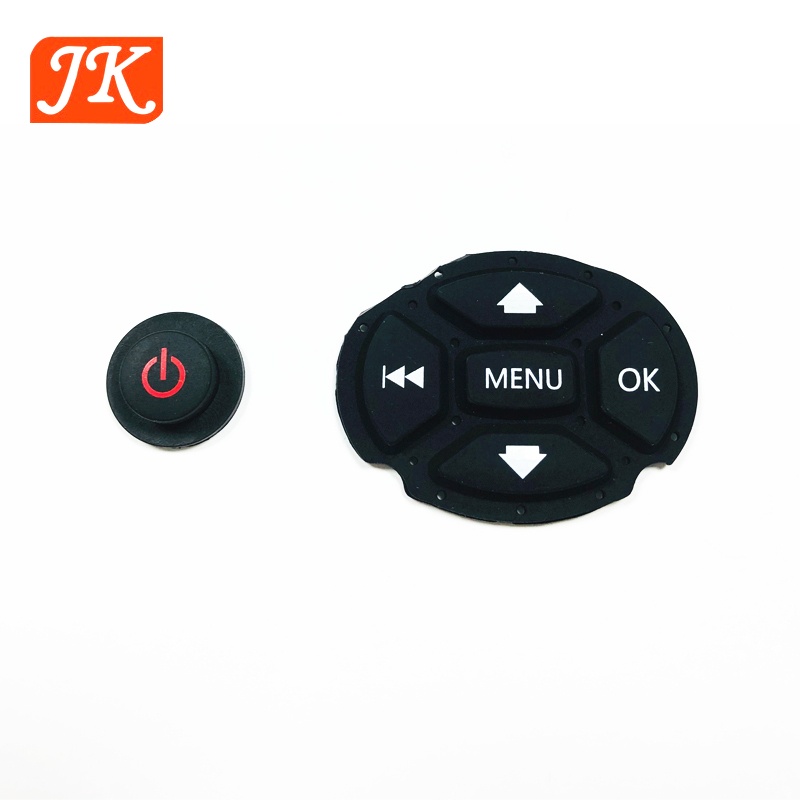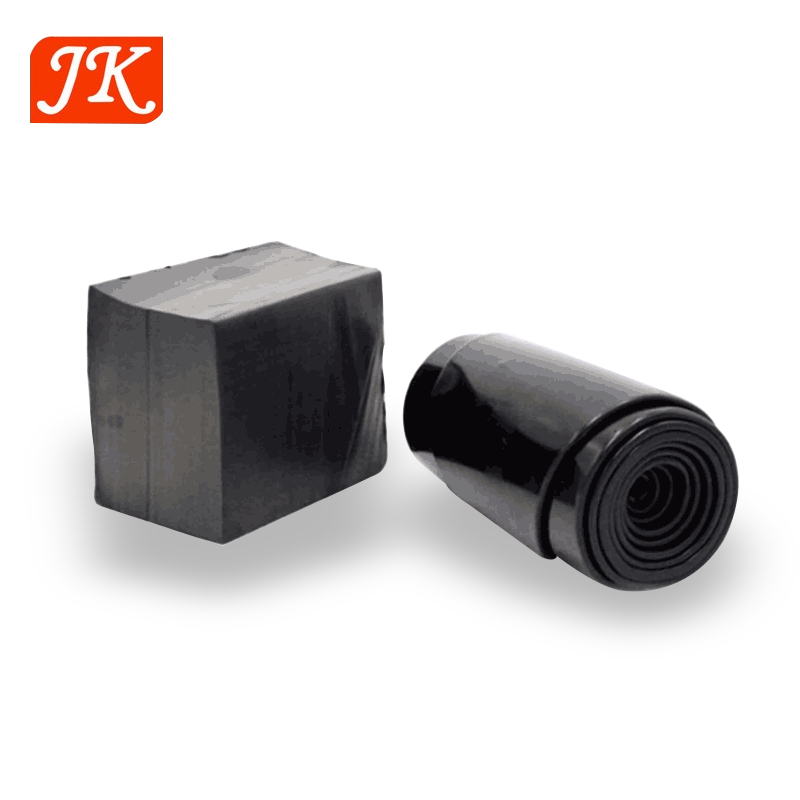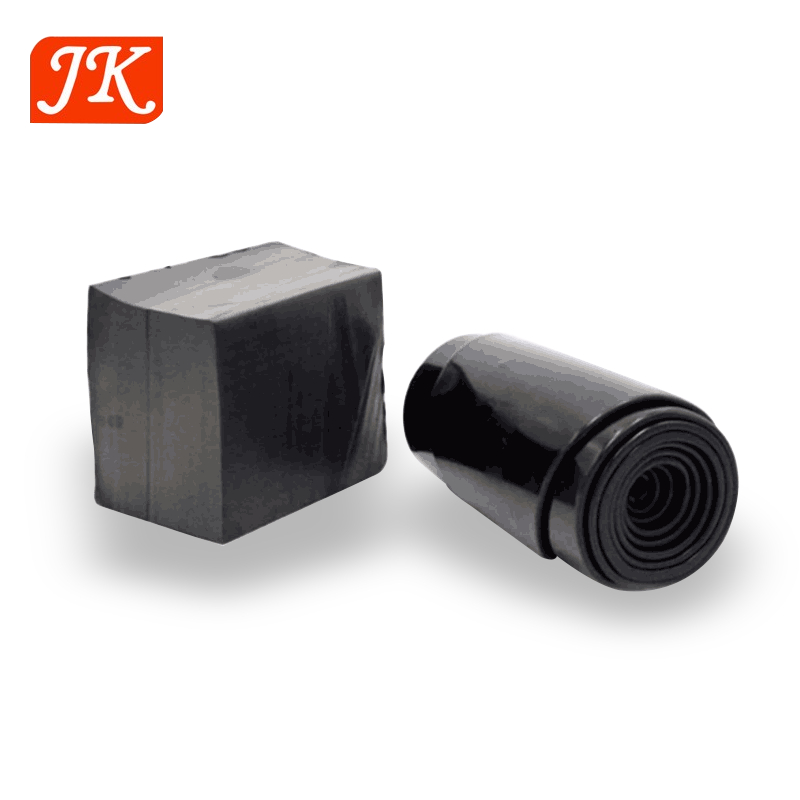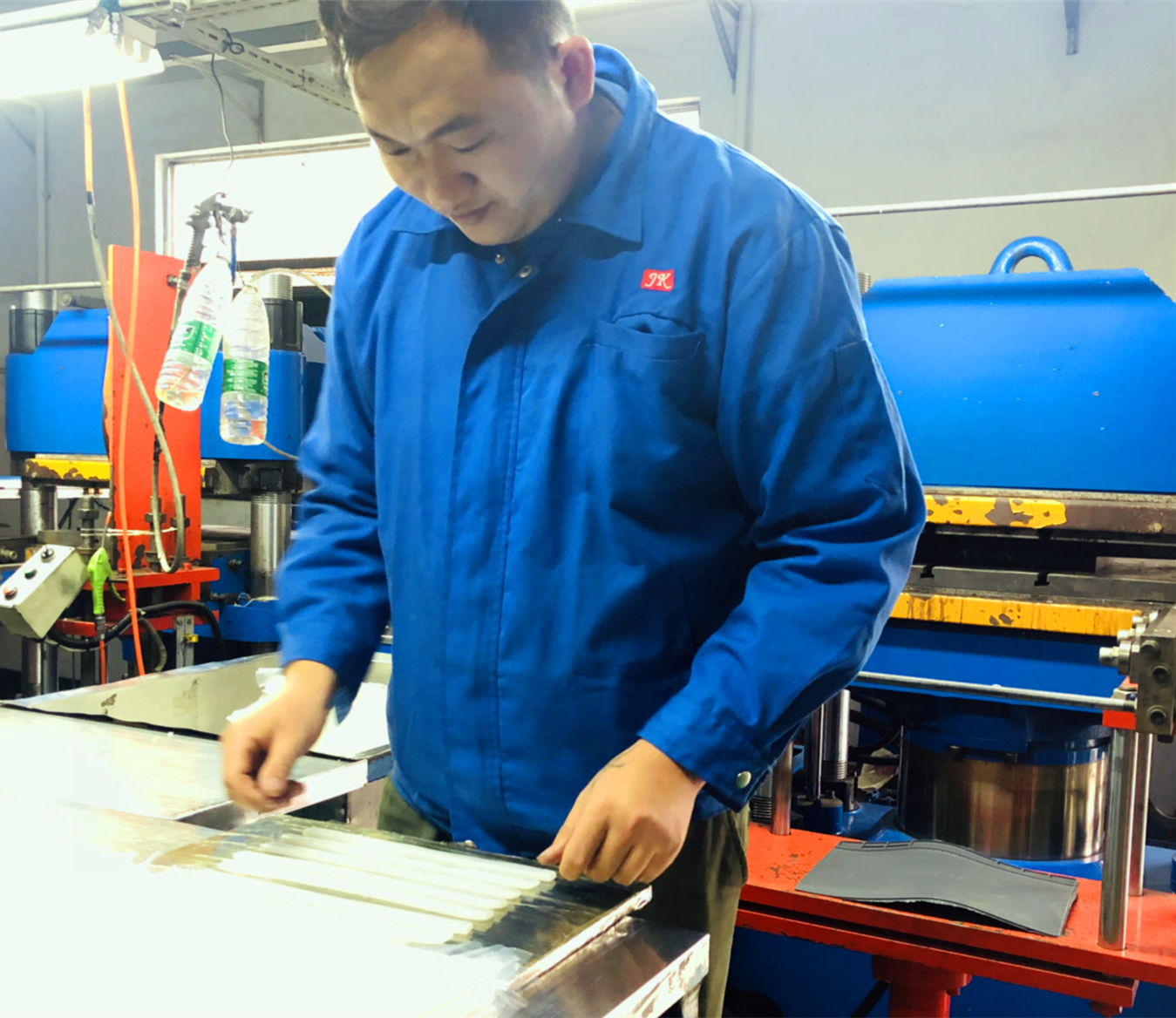-

How to make conductive silicone rubber button?
1. Introduction The conductive silicone key buttons is one of many electronic product keys. Its main function is to achieve a conductive key through conductive adhesive. When the conductive silicone key is pressed, the conductive rubber under the key can be in electrical communication with the ...Read more -

How to make black conductive silicone rubber?
Put silicon rubber raw material into the internal mixer, start the internal mixer; put conductive filler into the internal mixer, and knead them; put all the vulcanization accelerator, coupling agent and release agent into the internal mixer in the order. After all materials have been added, cont...Read more -

What is Conductive Silicone Rubber?
Conductive silicone rubber is based on silicone rubber, conductive fillers, cross-linking agents, etc., compounded and vulcanized. The commonly used rubber compound is methyl vinyl silicone rubber, and the commonly used conductive fillers are acetylene carbon black, carbon fiber, super conductive...Read more -

Professional Conductive Silicone Rubber Products Manufacturer
In recent years, due to its excellent performance, conductive rubber is widely used in electromagnetic shielding applications, electronics, microwave waveguide systems, and connector pads. Not only simple silicone pads, silicone plugs, silicone blocks, etc., but also many special-shaped conductiv...Read more -
Silicone Rubber Products Advantage
Food grade silica gel is non-toxic and tasteless, insoluble in water and any solvents, and is a highly active green product. Food grade silica gel has inherent thermal stability (-40 ° C-230 ° C). It is suitable for different occasions. The product has good flexibility to meet different needs. Fe...Read more


